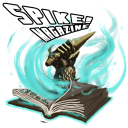
Welcome back to our devblog series where we unveil a wealth of details about the making of A Plague Tale: Innocence, Asobo Studio’s upcoming adventure game coming 2019 to PlayStation 4, Xbox One, and PC. Today, we’re excited to continue to share more info about our main protagonists: Amicia and Hugo!
Genesis
In this first part, we dive into the creative process behind the main characters: Amicia and Hugo.
A glance at video game history makes it clear that a strong character can carry a story and game world alone. With that in mind, how did we create Amicia and Hugo for A Plague Tale: Innocence?
We discussed with Sébastien Renard, Narrative Designer, about the story and characters of the game. Deciding who Amicia and Hugo had to be was relatively quick, but they’ve undergone many changes and iterations throughout the production process.

The story comes from ancient tales. The team worked for a long time on old classical texts, from authors such as Perrault, Grimm and Andersen. Sébastien naturally chose to tell the tale of Amicia and Hugo the same way these authors did: by contrasting the naivety and innocence of children with a dangerous and dark world.
A Plague Tale: Innocence was born from this juxtaposition of the adults’ and childrens’ worlds, between innocence and corruption. In medieval folklore, it’s common to find the idea of purity in youth facing the trickery of the rest of the world.

This background is perfect for telling a strong, intriguing story. It’s taken a year to reach the current result. Narration is always complicated, and you must iterate a lot and make tough choices to cover all the specificities of a video game, such as level design or gameplay.
Amicia and Hugo were born together on paper, making them inseparable for the team. This unique and strong link makes them realistic. They echo with the child that everyone has been.

It’s been a huge task to ensure they have a goal, desires, and doubts coherent with their lives, building their psyche, and making sure their reactions throughout the game are coherent with their emotional background. Creating Amicia and Hugo’s physiques was also a challenge, because a child doesn’t move, react or speak like an adult, and the team had to stick to the historical period while reflecting their personalities.
The result is two innocent children facing a brutal and ruthless world, in which millions of rats ravage the Kingdom of France - already beset by war and the Black Death.
Linked
Next, we'll be talking about the reasons for why Hugo and Amicia's bond together is so tight, beyond that of regular siblings.
Forced out of their home and on the run from the Inquisition, Amicia and Hugo travel through the devastated South-West of France to find shelter. The brother and sister barely know each other at the very beginning of our story, but they must learn to live and grow together in order to survive the countless threats surrounding them.
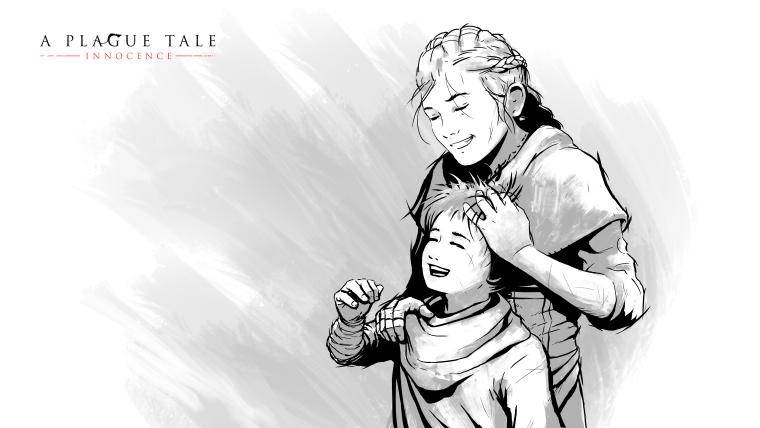
Sébastien Renard, Narrative Designer, recalls the origin of the De Rune siblings: “We wanted a heroine out of the ordinary. A partner gives us the opportunity to develop a growing bond between the player and the characters. We want players to gradually consider Hugo as a living and precious character that you want to protect.”
Caring about each other is a core idea for the team. Inspired by the poetic masterpiece Ico, one of the best examples of a game that highlights this idea in story and gameplay, Asobo has worked hard to convey this emotional link in the game mechanics.
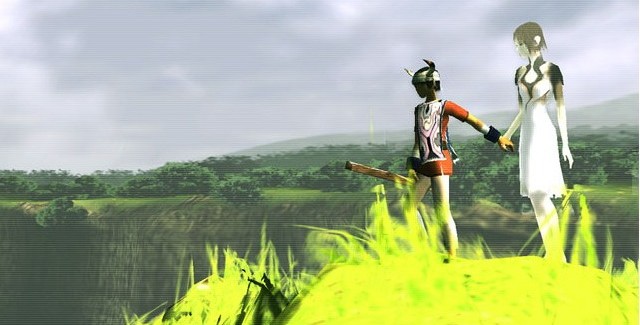
It’s a narrative gamble to make Amicia and Hugo initially strangers to one another, despite being siblings. However, it has the benefit of meaning they’ll learn about each other through the story, as the player also learns gameplay mechanics. Narration and gameplay are always tied together.
An example of this is in how Hugo is vital to overcoming many situations, as his small size gives him access to areas Amicia can’t enter. On the other hand, he can’t stay alone for too long, or he may panic and flee or worse…
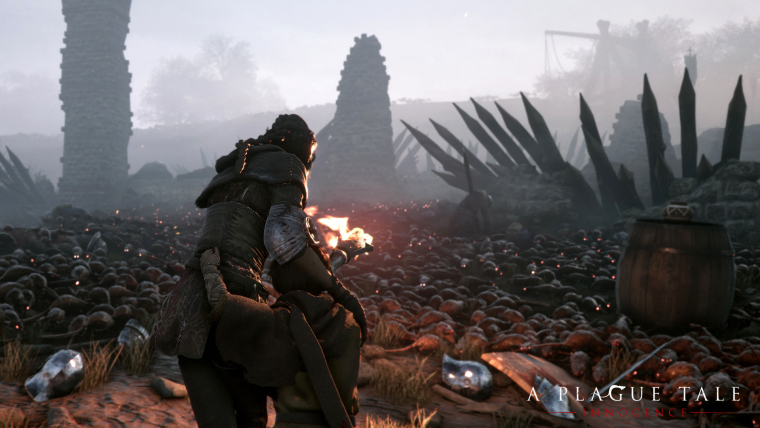
In the 14th century, fifteen-year-old Amicia is already seen as an adult, but keeps rejecting responsibilities in favor of a playful childishness. Thrust into a brutal and ruthless world where she’s forced to take care of her little brother, she must now take on responsibilities that any adult would find almost impossible to endure.
Five-year-old Hugo is torn between fear and excitement when discovering the world - he is the last link with a life of innocence that Amicia always cherished. “Hugo sees the last remaining scrap of beauty in a ruthless world,” explains Sébastien Renard. “He brings a bit of stability to Amicia, who is his shield against the raw violence unleashed on them.”
Children of The Plague
Finally, let’s zoom on the look of our young heroes, Amicia and Hugo.
You must always first consider how the shape of character will appear from afar. Will it strike an imposing figure, strong and massive, or be smaller, frail, and weak? Will there be a scar, or a specific, recognizable hair color? Sometimes, the story creates these physical characteristics, while otherwise it comes purely from the imagination of the team.
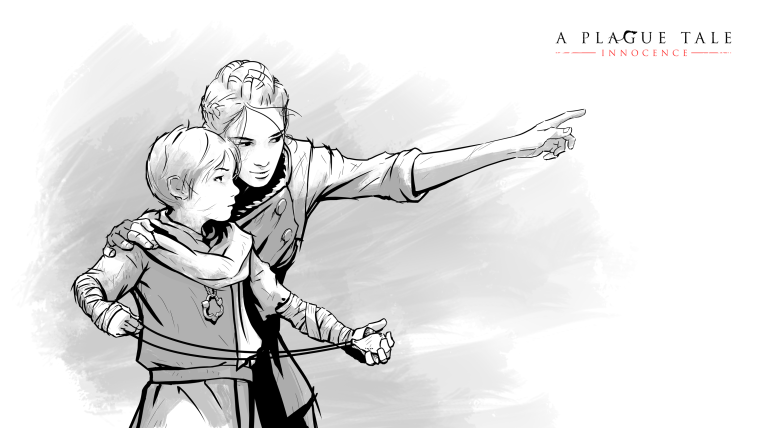
Sébastien Renard, Narrative Designer, explains that setting a face and an expression for a character takes most of the work. You can’t neglect any details as the player will spend hours with the heroes. Amicia must be in good shape, but not too athletic: she is a child from a noble family who never had to fight to survive. As for the story and psychology of the characters, coherence is key for the team. Hair, face, and expressions are the results of meticulous research into their historical and ethnological backgrounds.
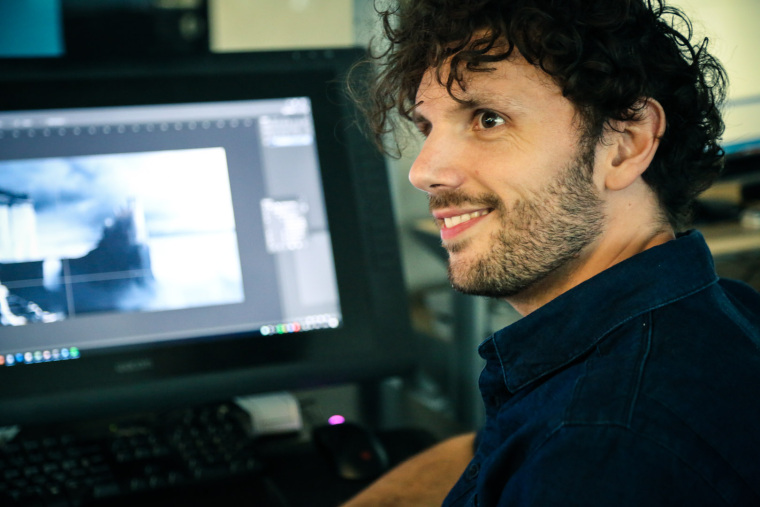
Olivier Ponsonnet, Art Director, wanted to convey two main elements:
-
The physical bond linking two children of the same family, translated by the constant proximity and Amicia’s will to protect her brother. They have to be as one against a hostile world.
-
The historical details anchoring the game in the medieval era. Haircuts and clothes ensure the player is immersed in 14th century France. Amicia’s braids went through a lot of iteration in development, but now make her a unique and identifiable character. Reproducing it in-game was also a big technical challenge.
The team’s inspirations for young, lively Amicia and cunning-but-fragile Hugo also come from cinema. Movies that showcase frail young characters like Artificial Intelligence, The Sixth Sense, The Shining, or the works of Studio Ghibli were all in mind throughout development.

Finally, the look of our heroes is also linked to the gameplay. As a young teenager, Amicia can’t rush head down into battle. She must think and choose the option that is less risky for her brother. The lack of brute force to overcome enemies is reflected in the character model and forces players to be careful and crafty with the resources they have.
See you soon for more behind-the-scenes information and anecdotes about the creative process behind A Plague Tale: Innocence!
A Plague Tale: Innocence releases May 14th on PlayStation 4, Xbox One and PC.
http://aplaguetale.com/shop

